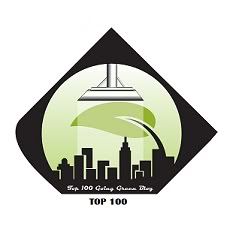


Aquarium Plants
There are many growing media available and used in plant propagation. Aquarium plants are a specialized crop and so need a medium that will suite the conditions of where the plant will end up which will be the aquarium. Rockwool or Cultiwool is most commonly used these days. Cultiwool is a type of fibre glass often used for heat or acoustic insulation in houses and factories.
Cultiwool is used for a number of reasons:
It is inhert and so will not pollute the aquarium or affect the pH or water quality when the plants are put in the water.
Cultiwool has excellent growing media properties like a high air fill porosity, it wets easily and has a high nutrient exchange capacity
Cultiwool is also a clean and easy medium to work with so helps with planting, cleaning and packaging and transport of plants.
Media for the Aquarium
When the person receives the plant from his pet store the rockwool should be carefully removed if possible. The plants roots can sometimes be trimmed before planting or in faster growing plants even be cut off to stop rotting in the tank because of damage.
Organic and Animal material and manures
I would stay clear of these as they can be unstable when they break down in the substrate.
Peat moss
This is also organic but can be useful to try and stabilize the pH of the water it can also help to stop compaction. I would not make more than about a quarter of the mix peat.
Mineral soils
These are made up of clays, silts and sands. These are the most useful. In particular the red clay soils as they generally have a high soil nutrient capacity and have a high iron content.
Commercial mixes
There are commercially made mixes for the aquarium made by some of the larger companies - often mentioned is commercial laterite which is basically a red clay.
The medium in the aquarium needs to serve as anchorage and as a source of nutrients for the plants. For the nutrients a red clay soil should be used mixed with 2mm to 8mm rounded gravel about half clay and half gravel, peat can be added to this as well preferably composted peat.
On top of this a layer place a layer of washed rounded gravel about 2cm to 8cm to stop the clay being disturbed in the water. It is important that the gravel is rounded (like river pebbles) so debris can easily slide through and be broken down in the gravel layer where the bacteria will be. Sharp gravel like silica sand does not allow this and you get a build up of debris on the surface of the gravel that does not break down easily. There are many other types of gravel offered like the synthetic coloured beads etc which I would stay away from for aesthetic reasons.
If you are going to have a sloping gravel bed it is better not to slope the clay layer as it can later level it self through the gravel and cause it to be disturbed. Also try and use rocks or bog wood to rather terrace the levels rather than make slope.
When filling the tank you need to be careful to not disturb the clay - the same goes for planting. it is sometimes easier to plant the plants before you fill the aquarium up.
Thursday, August 7, 2008
Aquarium Plants
Posted by Meenu Khare at 8:54 PM
Subscribe to:
Post Comments (Atom)




1 Comment:
DD
thanx for choosing So nice interesting topic. It is benifisery to all person in life style.
Post a Comment